Reminiscing the relationship that once was
Updated: 2016-07-23 01:47
By Yu Ran in Shanghai(China Daily USA)
|
||||||||
Take a walk back in time at this photo exhibition that illustrates the complex relations China used to have with the United States
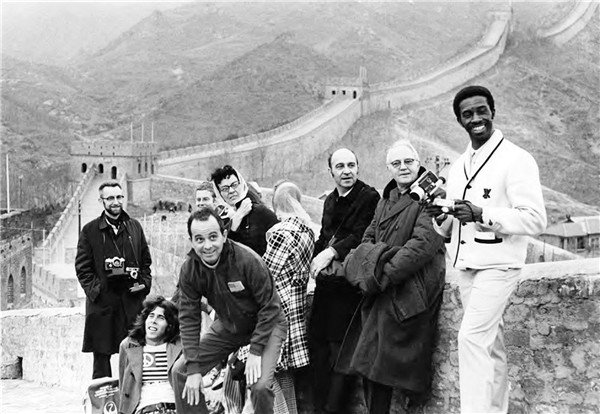 |
|
In 1971, Chairman Mao Zedong invited the US table tennis team to visit China. They were the first official American guests to the Chinese capital since 1949. The following year, the Chinese team traveled to the United States for a goodwill tour. Photos provided to China Daily |
Titled Path to Harmony, the exhibition has been divided into six segments and the photos of merchants, immigrants, entrepreneurs, diplomats, explorers and students illustrate how the two nations managed to develop a complex yet fruitful relationship despite their differences in cultures and ideas.
The US and China have one of the most important and ancient bilateral relations in the world. It first started when the Chinese merchant ship Empress of China set sail to initiate exchanges between the two countries following the American War of Independence in 1783. Diplomatic ties between the two nations have since spanned four centuries.
"Since 1783, our two nations have sought to develop a stable bond based on national interests, trade, cultural exchanges and diplomacy," said Gwen Cardno, deputy consul general of the US Consulate in Shanghai, during the opening ceremony of the exhibition on July 13.
"The Consulate General in Shanghai is actually among the oldest American diplomatic posts in the Far East, and the second oldest in China," added Cardno.
Most of the US missionaries to China in the 19th and early 20th centuries sought not only to share their religions, but also to introduce the country to international ideas in education, medicine and science and technology.
Some photos in the exhibition showed that these missionaries had established schools and hospitals and focused much of their efforts on disadvantaged groups in Chinese society, including women, disabled people and those living in poverty.
Pearl Buck, a daughter to one of the missionaries and who won the Nobel Prize for Literature in 1938, can also been seen in certain pictures teaching English to local children.
In the first decades of the 20th century, it was not uncommon for Chinese to seek advanced training in the US or for Americans to work and study in China. Alumni associations of Chinese with US degrees were, and still are, pivotal in fostering intellectual ties between the two countries.
"The cultural exchange between the two countries originated from the departure of Chinese students from Shanghai to the US for study, during which they brought back modern knowledge to aid the development of China," said Jin Guangyao, a history professor at Fudan University.
Throughout much of the 20th century in China, Western culture gradually became associated less with imperialism and more with modernization. Basketball, cinema, music and Coca-Cola were easily and eagerly grafted onto Chinese mores.
Education in schools initially established by missionaries and study abroad experiences exposed young Chinese to ideas that did not necessarily conflict with what were considered Chinese norms. Art, sports, food and higher education slowly supplanted trade and diplomacy as the primary vehicles for the cultural exchanges that continue to enliven both nations.
"Thanks to the cultural exchanges, the two countries were able to learn and understand each other's cultural differences and seek further communications regarding political and economic developments," said Jin.
Besides cultural exchanges, the two countries also had rare military ties. During World War II, the US played a role in China's resistance against the Japanese invaders by providing military advisors and instructors. There were also the contributions of General Claire Lee Chennault's 1st American Volunteer Group, a squad of volunteer pilots popularly known as the "Flying Tigers".
After the war, official relations between the two nations experienced a hiatus from the founding of the People's Republic of China in 1949 till 1971.
After the establishment of the People's Republic of China on October 1, 1949, the US Department of State issued the China White Paper, which stated that it had stayed out of the Chinese Civil War because it neither should nor could have influenced the outcome.
Though interactions between the two countries continued, they were limited. It took 30 years before diplomatic relations were reaffirmed.
In February 1972, US President Richard Nixon accepted Chinese Premier Zhou Enlai's invitation to meet Chairman Mao Zedong in Beijing. Following the meeting, the two countries issued the Shanghai Communique stating their intention to normalize diplomatic relations.
The next year, the United States opened a liaison office in Beijing and President Gerald Ford appointed future US president George H. W. Bush as Chief Liaison Officer, while China opened a liaison office in Washington, D.C.
On January 1, 1979, the United States and the People's Republic of China agreed to exchange ambassadors. That same month, Vice Premier Deng Xiaoping made his historic visit to the US during which he signed the Joint Communique on the Establishment of Diplomatic Relations with President Jimmy Carter.
Although there have been significant diversions in the path to that end, both countries now engage with one another as the world's two most wealthy countries.
Just as modern Chinese adopted Western ways, particularly in cosmopolitan Shanghai, Americans have also developed a taste for elements of Chinese tradition and culture, notably food.
Chinese students have long studied English but the widespread instruction of Mandarin in America schools is a recent phenomenon, illustrating that the two countries continue to learn from each other.
"These photos represent a snapshot of the long history between the US and China, a history that we are still writing of today. As we continue moving forward together, looking back at past achievements will help us to tackle the challenges of the future," said Cardno.
yuran@chinadaily.com.cn
- Fashion of Queen Elizabeth on exhibition in London
- Hollande urges Britain to begin EU exit talks 'as soon as possible'
- Trump vows law and order if elected
- Chinese cuisine stuns Thai princess
- Security Council holds first secret poll on next UN chief selection
- Turkey's Erdogan declares state of emergency after coup bid

 Things you may not know about Major Heat
Things you may not know about Major Heat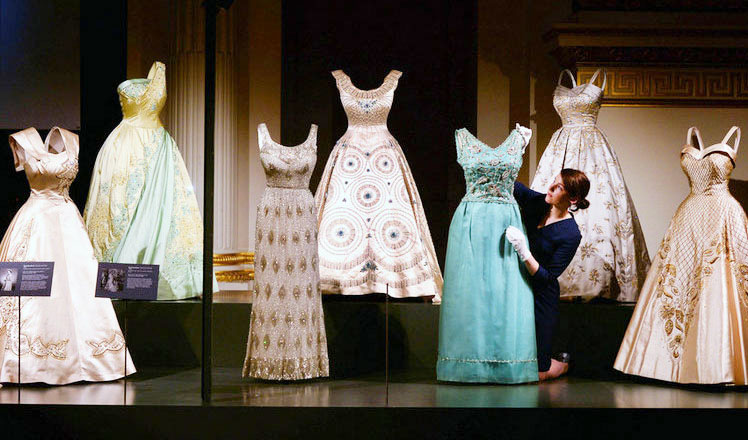
 Unveiling the secrets of Elizabeth II’s wardrobe
Unveiling the secrets of Elizabeth II’s wardrobe
 Go global: Wanda's top 10 foreign acquisitions
Go global: Wanda's top 10 foreign acquisitions
 Hot pepper and ice tub challenge held in E China
Hot pepper and ice tub challenge held in E China
 Ten photos from around China: July 15 – 21
Ten photos from around China: July 15 – 21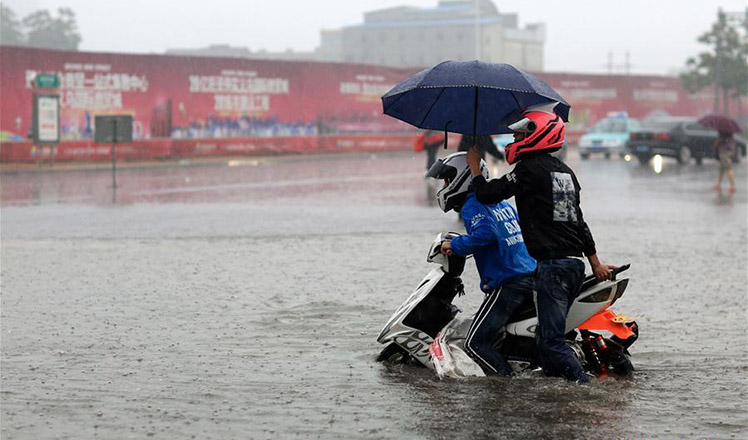
 Heavy rain, floods across China
Heavy rain, floods across China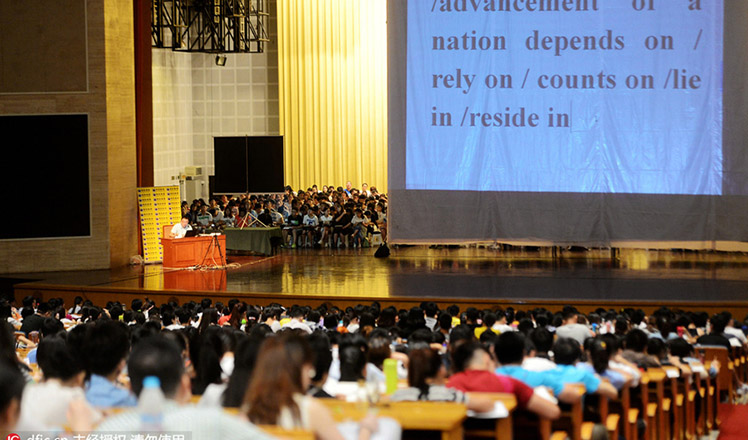
 Super-sized class has 3,500 students for postgraduate exam
Super-sized class has 3,500 students for postgraduate exam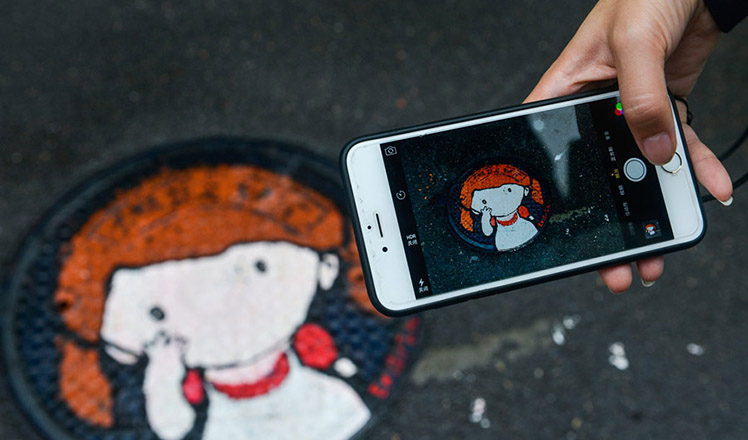
 Luoyang university gets cartoon manhole covers
Luoyang university gets cartoon manhole covers
Most Viewed
Editor's Picks

|

|

|

|

|

|
Today's Top News
Ministry slams US-Korean THAAD deployment
Two police officers shot at protest in Dallas
Abe's blame game reveals his policies failing to get results
Ending wildlife trafficking must be policy priority in Asia
Effects of supply-side reform take time to be seen
Chinese State Councilor Yang Jiechi to meet Kerry
Chinese stocks surge on back of MSCI rumors
Liang avoids jail in shooting death
US Weekly

|

|







